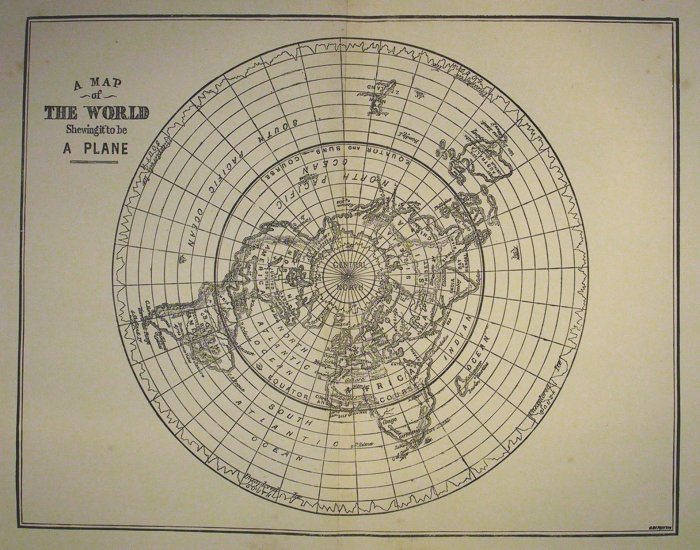
Two weeks later, the Economist published a corrected version, according to which the Taepodong-2 was able to reach both Europe and the USA. In contrast to what the map suggests, the shortest path from Asia to the USA is not from west to east across the Pacific, but across the Arctic to the north. But this kind of map offers a poor depiction of the curvature of the Earth. The Economist had marked out the possible radius of the rockets on a map that was based on the Mercator projection.

Today you can find the Economist's map in cartography textbooks as an example of how misleading the use of certain maps can be.

That meant that all of Asia was in danger, as the map demonstrated – but the West was safe. Taepodong-2, the newest missile developed by North Korea, was supposedly able to transport a warhead over 9,000 miles. It did so with a map of the world on which distances were marked by concentric circles. The English magazine The Economist wanted to explain to its readers the danger that Pyongyang's nuclear missiles posed to the world.

Es The year was 2003, the topic North Korea.


 0 kommentar(er)
0 kommentar(er)
